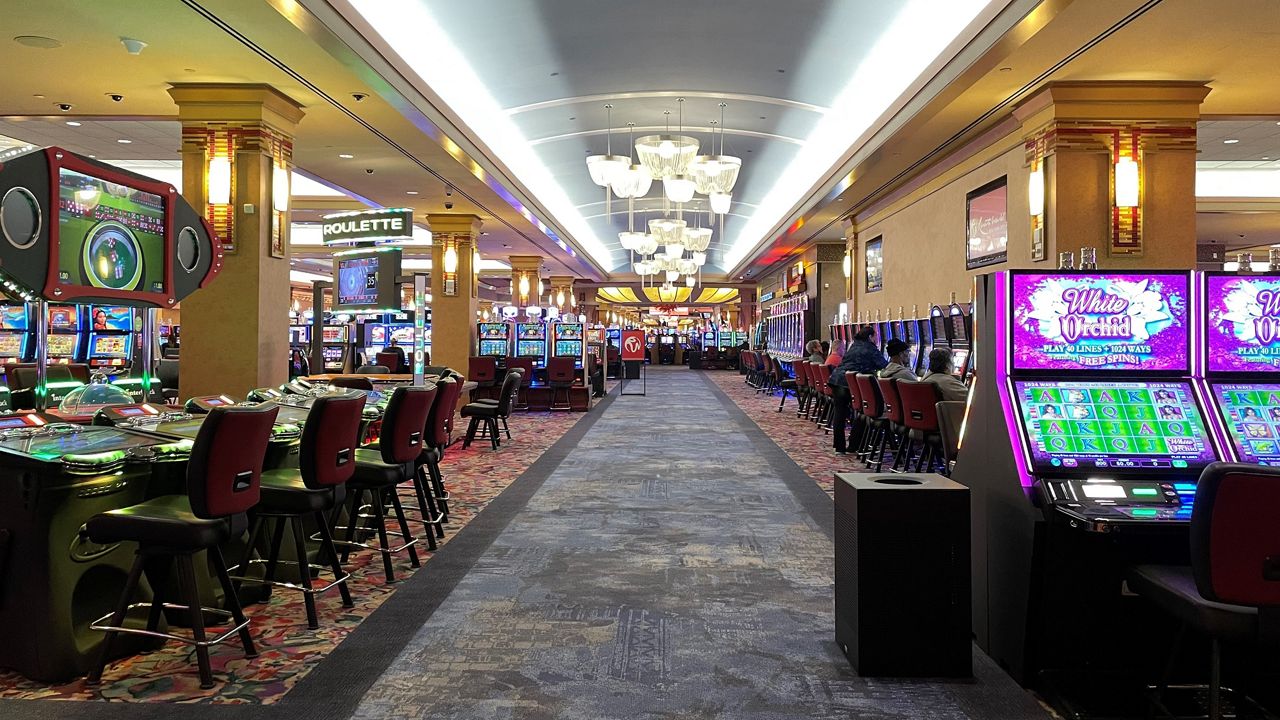Casino games have long captivated the human imagination, drawing participants into a universe filled with luck, planning, and the allure of thrill. Each experience is meticulously crafted not just for enjoyment, but also to elicit specific emotional responses that keep gamblers involved and interested. Understanding the motivations behind these designs reveals much about how human psychology plays a crucial role in the gaming experience.
From the bright lights and lively sounds to the intricate layering of rules and rewards, casino games are designed to create an atmosphere of anticipation and expectation. Game designers leverage mental cues to influence participant behavior, whether through the use of winning opportunities, close-call situations, or community engagement. By examining these elements, we can better appreciate how casino games fulfill not just a need for entertainment, but underlying psychological needs for thrill and uncertainty.
Understanding Gamer Behavior
Casino games are engineered with a deep understanding of player psychology, which is essential for drawing in and holding players. The thrill of the game, coupled with the anticipation of winning, establishes a powerful attraction. Game designers make use of elements like audio cues, colorful graphics, and immersive gameplay to capture attention and generate emotional responses. These sensory elements enhance the total environment, making players feel more invested in the game.
Another notable aspect of player behavior is the concept of risk/reward dynamics. Casino games often manage high-risk scenarios with the potential for considerable rewards, which can result in the event known as near-miss effect. When players come close to winning, the brain produces dopamine, bolstering their behavior and motivating them to continue playing in search of that elusive win. This cycle of wish and disappointment plays a key role in how games are designed and advertised.
Lastly, social elements also play a central role in player behavior at casinos. Many games are crafted to be played in pairs or alongside other players, nurturing a sense of community and communal experience. The community engagement inherent in games like blackjack enhances enjoyment and can result in extended gameplay. Designers capitalize on this by crafting environments that prompt players to stay, connect, and come back, making the overall casino experience more appealing.
The Role of Visuals and Sound
Visuals and audio play a significant role in elevating the player’s experience within casino games. Designers utilize bright colors, striking graphics, and captivating animations to grab gambler’s attention and hold their focus. The use of themes, such as adventure or opulence, helps create an immersive atmosphere that transports players into a different world. By connecting to the senses, these elements add to a intensified emotional response, encouraging players to interact more deeply with the games.
Audio design is just as important in reinforcing the overall experience of gambling games. The combination of ambient music, sound effects for successful combinations, and ambient noises creates an auditory landscape that holds players enthralled. Sounds associated with victories, such as ringing bells or celebratory music, evoke feelings of thrill and satisfaction, encouraging players to keep playing. These sound cues are carefully placed to amplify the thrill of the game and create a more immersive experience.
Moreover, the alignment of visuals and sound is essential for supporting the game’s overall theme and mood. Each element should align seamlessly to create a unified experience that pulls players in. The effective use of this integration not only enhances user satisfaction but also boosts the chances of return play, as players become more engaged in the captivating world that the gambling games offer. This thoughtful combination of visuals and audio ultimately enhances player engagement and commitment.
Incentive Systems and Participation
The creation of gambling experiences significantly relies on incentive systems to ensure participants involved and coming back for more. These structures are rooted in psychological principles that take advantage of human nature and desire. Players are often driven by the thrill of winning, which is reinforced by instant feedback through the game’s design. This instant gratification not just enhances the gaming experience but also cultivates a feeling of success, prompting players to keep participating in hopes of greater gains.
Gaming establishments implement various incentive systems, including jackpots, extra rewards, and multipliers, to captivate players. https://cpc2888.org/ These elements create a layer of excitement that maintains interest. Additionally, the unpredictability of outcomes plays a crucial role in keeping attention. The variable reward system, where successes are random but happen often enough, keeps players on edge and driven to continue participating. This loop of hope and expectation is foundational to the effectiveness of casino games.
Furthermore, community aspects, such as tournaments and multiplayer features, boost the participation factor by leveraging the competitive nature of players. The communal aspect of gaming with fellow participants can amplify the thrill of winning and create a community atmosphere within the casino. By combining these social dynamics with efficient reward systems, gambling experiences not only provide fun but also foster a stronger bond among participants, solidifying their commitment to the gaming experience.
